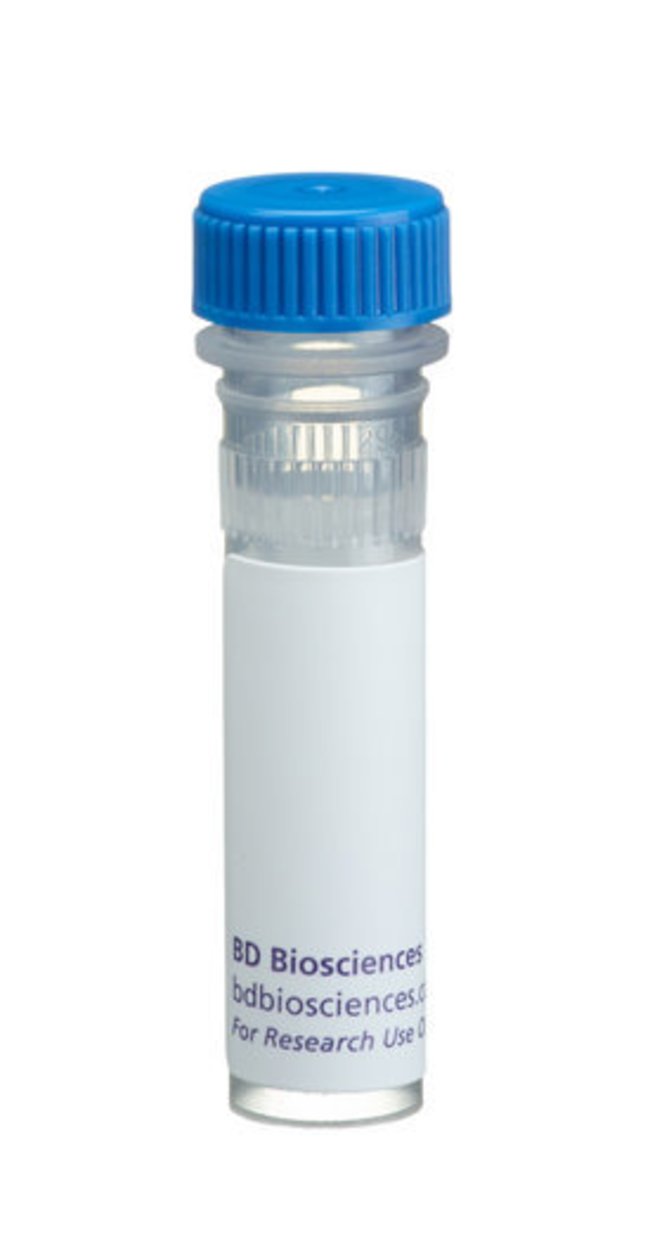PKCδ Mouse, Unlabeled, Clone: 14, BD, Mouse Monoclonal Antibody, Each

Details
The Protein Kinase C (PKC) family of homologous serine/threonine protein kinases. At least eleven isozymes have been described. These proteins are products of multiple genes and alternative splicing. PKC consists of a single polypeptide chain containing four conserved regions (C) and five variable regions (V). The N-terminal half containing C1, C2, V1, and V2 constitutes the regulatory domain and interacts withPKC activators Ca2 , phospholipid, diacylglycerol, or phorbol ester. However, the novel PKC (nPKC) subfamily members (δ, ε, η and θ isoforms) and the atypical PKC (aPKC) subfamily members (ζ, ι, and λ isoforms) are Ca2 independent and lack the C2 domain. The aPKC members are unique in that their activity is independent of diacylglycerols and phorbol esters. They also lack one repeat of the cysteine-rich sequences that are conserved in cPKC and nPKC. The C-terminal region of PKC contains the catalytic domain. PKCδ is involved in myeloid differentiation, as well as in the secretory response of antigen-stimulated rat basophilic RBL 2H3 cells. Overexpression and subsequent stimulation of PKCδ leads to cell cycle arrest in CHO cells and complete growth inhibition of NIH 3T3 cells. PKCδ is the most abundant isoform in hemopoietic cells and is highly expressed in many other organs and tissues. This suggests that PKCδ may be one of the major PKC isozymes in mammalian cells.This antibody is routinely tested by Western blot analysis. Other applications were tested at BD Biosciences Pharmingen during antibody development only or reported in the literature.
Additional Information
| SKU | 10134944 |
|---|---|
| UOM | Each |
| UNSPSC | 12352203 |
| Manufacturer Part Number | 610397 |

